The Romanesque Imperial Cathedral at Speyer
Before we started our pilgrimage, we visited the imperial cathedral in Speyer with a guided tour the evening before..
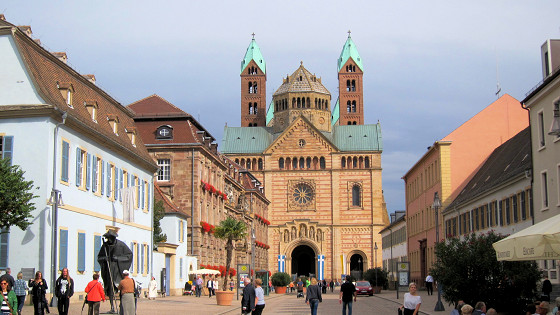
Speyer is one of the oldest cities in Germany. In the Middle Ages, Speyer was a free imperial city and one of the most important cities of the Holy Roman Empire of the German Nation. Between 1816 and 1945, Speyer was the seat of the Bavarian administration of the Palatinate and today belongs to Rhineland-Palatinate as an independent city.
Speyer is widely known for its imperial and Marian cathedral. It is the world's largest Romanesque church still standing and has been a UNESCO World Heritage Site since 1981.
The Salian king and later emperor Conrad II probably had the construction begun in 1025 with the aim of building the largest church in the West. Neither Conrad II nor his son Henry III lived to see the completion of the work. Henry III donated the Speyer Gospels for the consecration of the high altar in 1046. It was not until the reign of his grandson Henry IV that the building was consecrated in 1061. The cathedral served as the burial place of the Salians.
The Salians
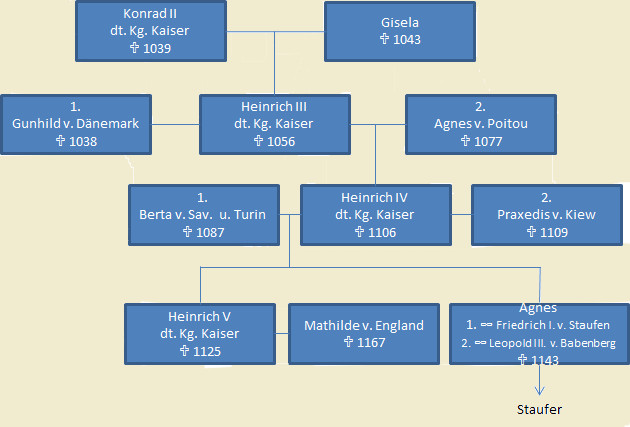
Pictures of Speyer and its cathedral
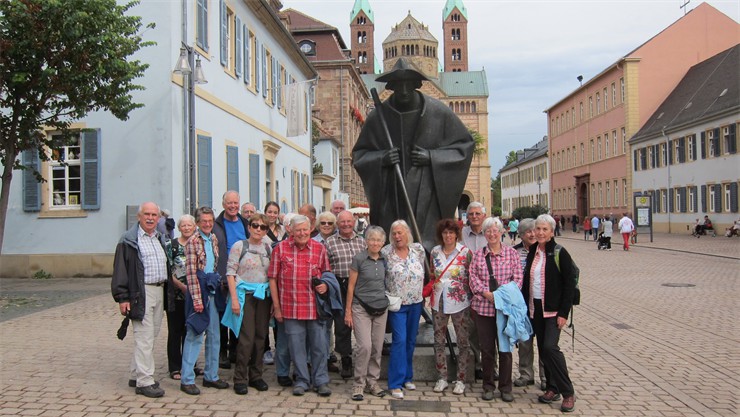
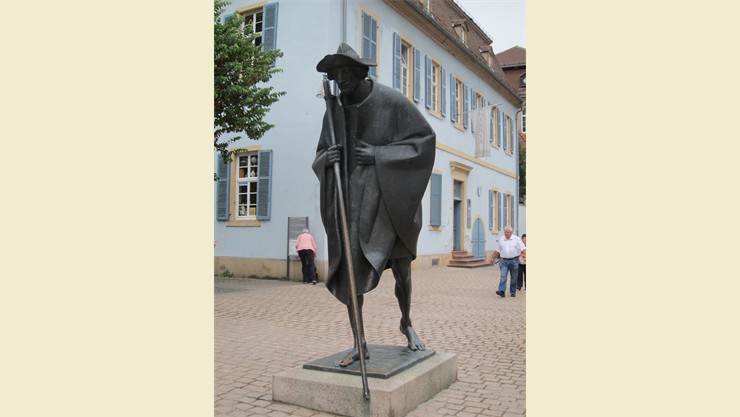 For the 2000th anniversary of the city of Speyer in 1990, Bishop Anton Schlembach gave the city a bronze figure of a pilgrim of St James.
For the 2000th anniversary of the city of Speyer in 1990, Bishop Anton Schlembach gave the city a bronze figure of a pilgrim of St James.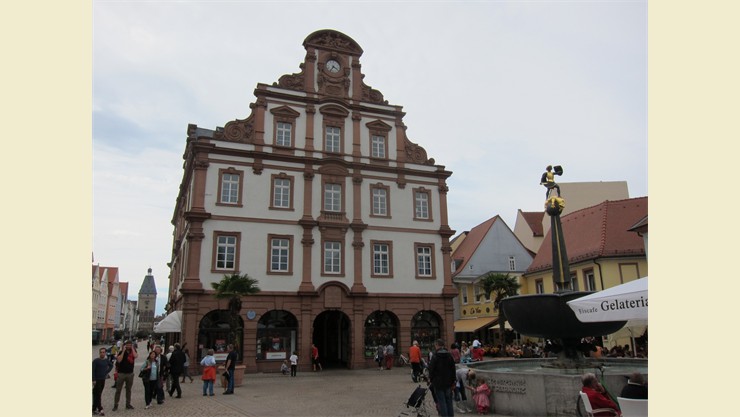 The Neue Kaufhaus am Markt has stood on the site of the Alte Münze since 1748.
The Neue Kaufhaus am Markt has stood on the site of the Alte Münze since 1748. 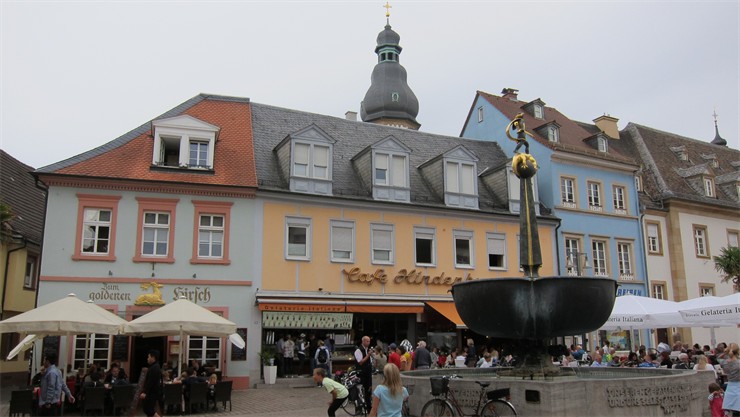 A memorial from 1930 for Speyer soldiers who fell in the First World War
A memorial from 1930 for Speyer soldiers who fell in the First World War 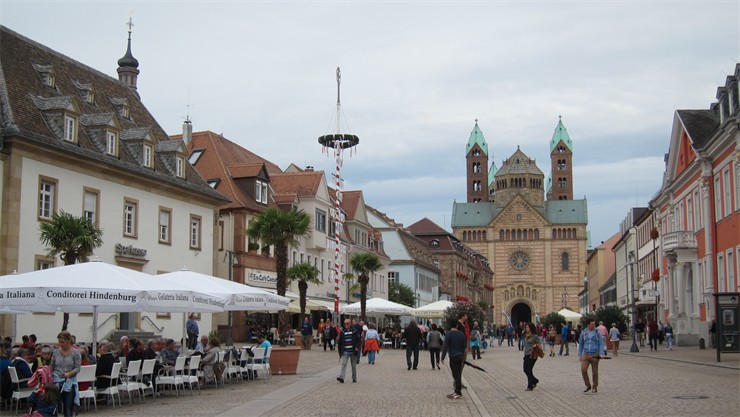

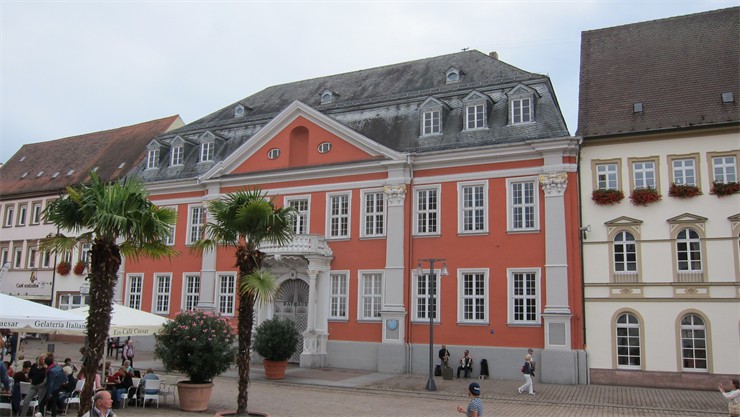
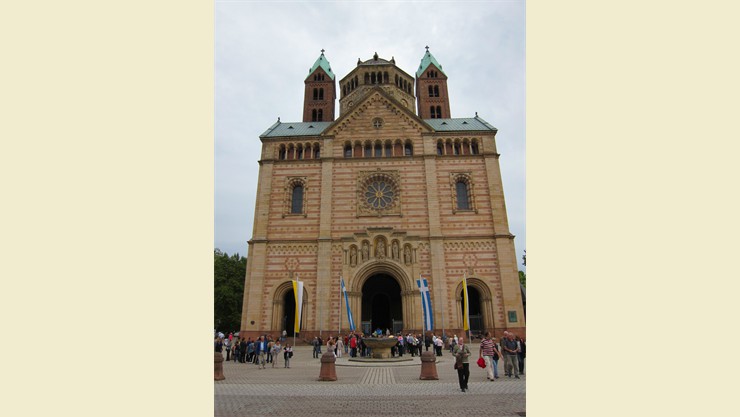 Large and powerful, the city's landmark has been towering for 1000 years.
Large and powerful, the city's landmark has been towering for 1000 years.


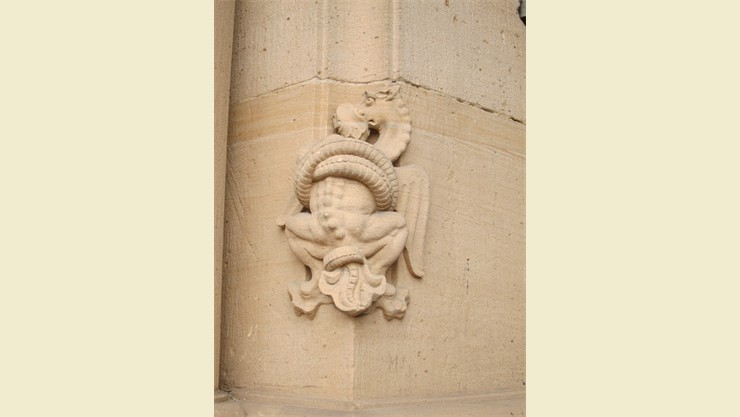
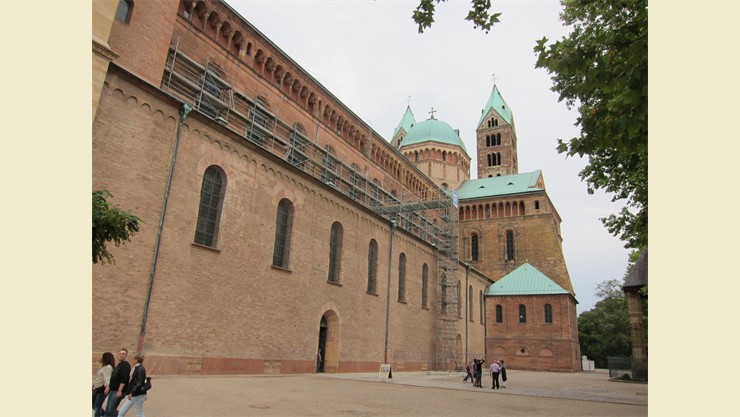
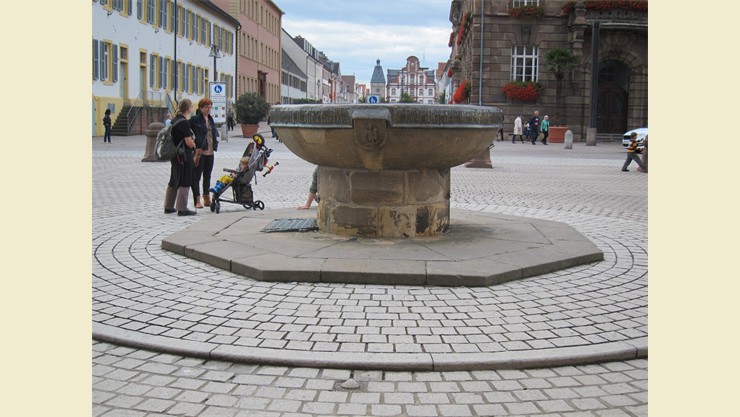 The shell on the ground shows the Begon of the Way of St. James
The shell on the ground shows the Begon of the Way of St. James with 87 stops, 4 manuals
with 87 stops, 4 manuals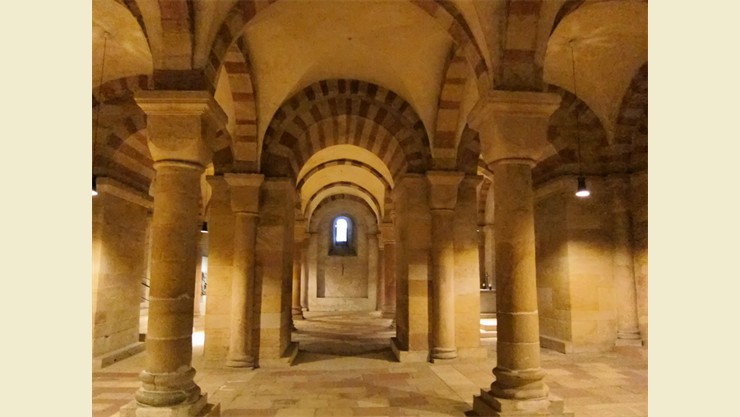
-
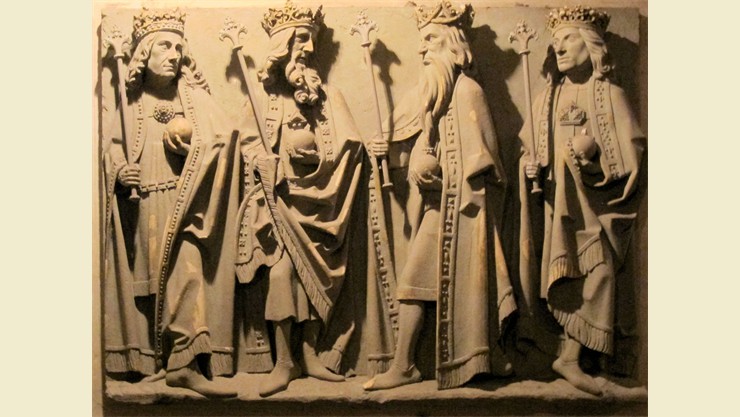 King's relief on the right from the year 480
King's relief on the right from the year 480 -
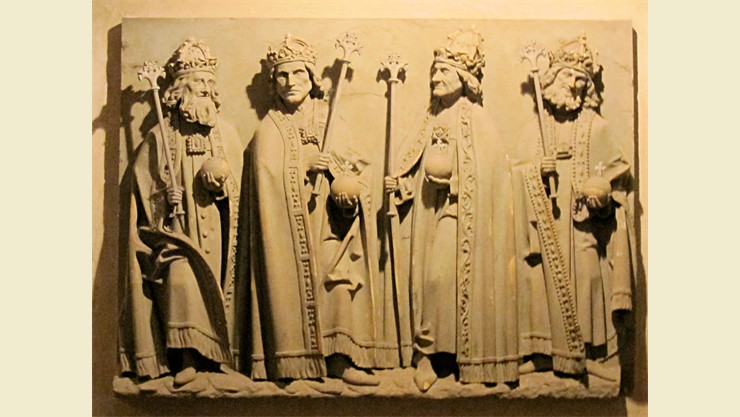 King's relief on the left from the year 1480
King's relief on the left from the year 1480 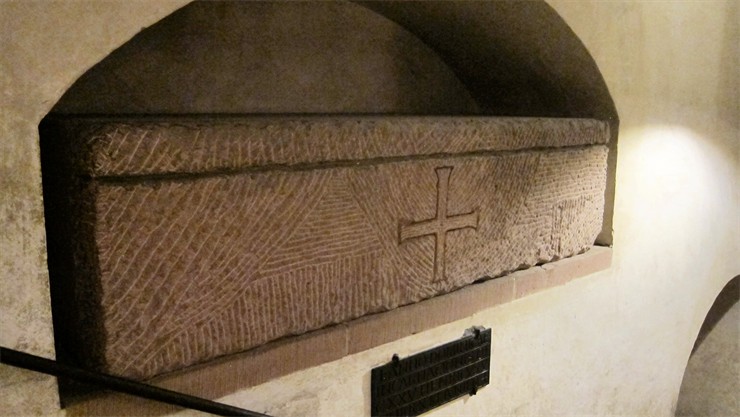
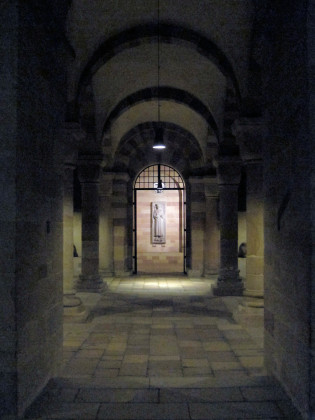
Epitaph of Rudolf of Habsburg at the entrance to the Imperial Crypt
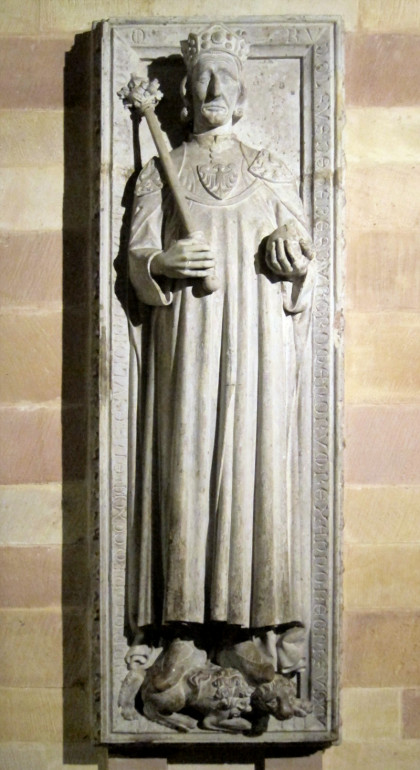
Click on him!
Lying in the imperial tomb:
Heinrich IV.
Heinrich III.
Konrad II.
Gisela, Wife Konrads II.
Berta, Wife Heinrichs IV.
Adolf von Nassau
Albrecht of Austria
Rudolf von Habsburg
Beatrix of Burgundy, 2nd wife of Frederick Barbarossa and her daughter Agnes
Philip of Swabia
Heinrich V.
Links: http://www.kaiserdom-virtuell.de/
